Australia’s agricultural industry is a cornerstone of its vibrant economy, and it results from a remarkable and diverse history. The country’s geographical expansiveness and varied landscape offer unique opportunities for agriculture and livestock cultivation. While this industry holds a noteworthy chapter in Australia’s economic narrative, it’s more than a story of commodity exchange. It’s a testament to Australia’s farmer’s tenacity, ingenuity, and commitment to sustainably feed the nation and the world.
Overview of Australia’s Agricultural Industry
Historical Context of Australia’s Agriculture
Australia’s agricultural origins are traced back to the first fleet arrival in 1788 when British settlers began cultivating the soil. Early agriculture was primarily subsistence farming with the likes of maize, wheat, and vegetables. As the settlers began to study and understand the native landscape better, farming expanded to include livestock, fruit, and grain cultivation.
The expansion also saw the establishment of the merino sheep industry, critically important to the Australian wool industry. Pastoral expansion in the 19th century saw both sheep and cattle farming become cornerstones of Australian agriculture. In the 20th century, the advent of motorized equipment and technological advancements helped push the boundaries of productivity, even in the expansive and often difficult Australian terrain.
Driving Factors of Australia’s Agricultural Industry
The driving factors for the growth of Australia’s agriculture have been geographical diversity, demand in global markets, innovation, technological advancements, and government policies. The vast geographical expanse allowed diversification of farming practices, from tropical fruits in Queensland to sheep grazing on arid lands of Western Australia. Advances in farming technology (such as GPS precision farming) have significantly improved productivity in an often challenging environment.
Contribution to Australia’s GDP
The agricultural industry is an essential component of Australia’s economy, accounting for around 2.2% of the nation’s Gross Domestic Product. This contribution extends beyond just purely agricultural activities as it has backward and forward linkages into the rural and urban economy.
Aside from the direct economic impact, the industry also contributes to rural and regional development, export earnings, and employment. The broader agricultural supply chain, including food processing, distribution, and retail, constitutes a substantially larger part of the economy.
Number of Farms and Farmers
Australia’s agricultural industry includes approximately 85,681 farms. This number fluctuates mainly because of the changing economic conditions, societal expectations, government policies, and climate change. These farms are operated by a total of around 173,800 farmers, making farming a significant sector providing employment opportunities in Australia.
Geographical Areas of Farming and Farming Systems
Australian agriculture spans across vast geographical areas due to the continent’s size and variety of climatic zones.
In the northern states, where there is a monsoonal climate, farmers cultivate crops such as sugar, bananas, and mangoes. The eastern states are known for their dairy and vegetable production, while the west includes sheep grazing and grain growing areas. Southern parts, traditionally focused on wheat and wool, have experienced growth in diversification like winegrapes, pulses, and oilseeds.
Australian farming systems are marked by diversity and supreme adaptability, reflecting the nation’s range of climates, soils, and markets. Broadacre farming involving crops like wheat, barley, and canola, and livestock such as cattle and sheep, are widespread. Intensive agriculture, including dairy farming, horticulture, and viticulture, is also widespread, particularly in high-rainfall coastal zones and irrigated inland areas.
Technological Advancements and Sustainability in Australian Agriculture
In Australia, farming is experiencing a shift towards sustainability and technological advancements. The emphasis is now on precision agriculture leveraged by automated machinery and drought-tolerant crop variants. Such cutting-edge methods have been recognized as crucial for the future of agriculture to ensure sustainable food production for an expanding populace.
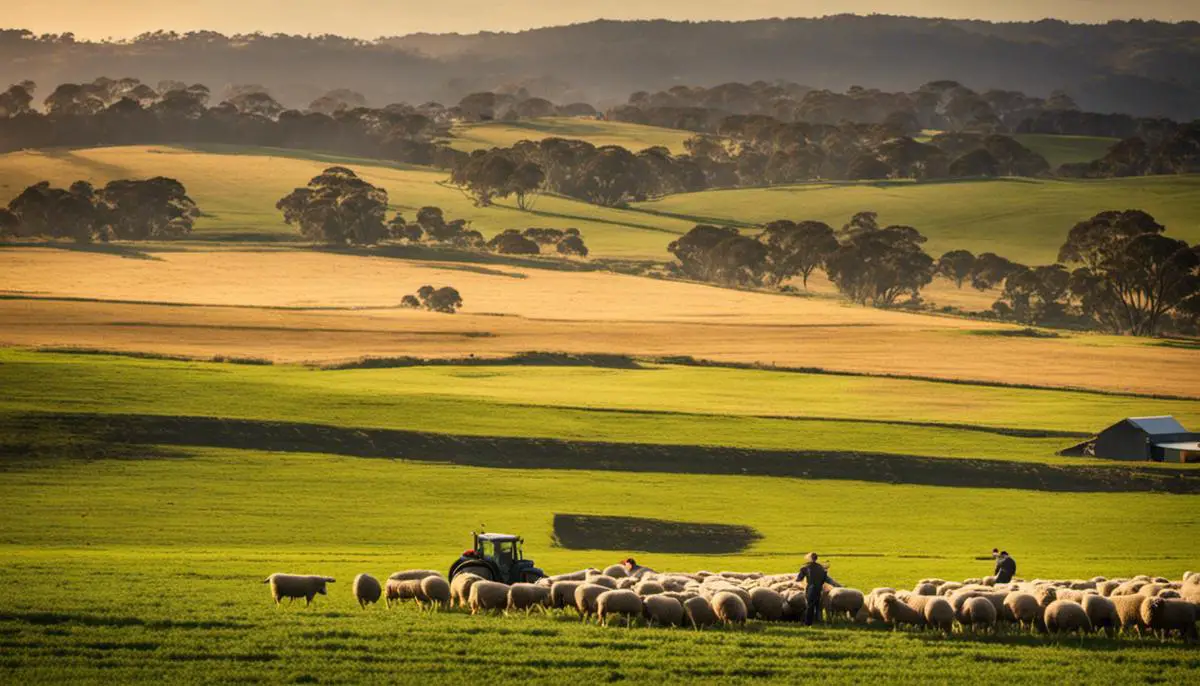
Main Agricultural Products and Livestock
The Backbone of Australia’s Economy: Diverse Crops and Livestock
Agriculture is integral to Australia’s economy, generating revenue, creating jobs, and contributing substantially to exports. The country’s expansive terrain and varied climate offer a conducive environment for growing an array of crops and rearing livestock.
Major Crops
Wheat is the primary crop cultivated in Australia, grown extensively across the nation’s grain belt areas, including parts of Western Australia, South Australia, Victoria, New South Wales, and Queensland. The region houses fertile soil and a moderate climate, providing the perfect conditions for wheat cultivation. Following wheat, other cereals like barley and canola substantially contribute to the agricultural economy, serving both domestic needs and foreign markets.
Fruits and Nuts
Australia is also known for growing different fruits and nuts. The country’s Northern Territory and Queensland are known for producing bananas and mangoes. In the southern parts of the country, Victoria and Tasmania are known for their high-quality apples and berries cultivation, while South Australia is well known for its almonds production.
Livestock
As for livestock, beef cattle farming is the most lucrative, and it is the largest agricultural sector in Australia, accounting for about 41.6% of total farming. Beef is primarily produced in the grazing lands of Queensland and New South Wales, where the climate is most suited for cattle rearing. Following beef, sheep farming for both meat and wool production also plays a substantial role in the Australian agricultural sector. Furthermore, Australia boasts a booming poultry industry which is significant for both eggs and meat.
Exports and International Trade
Australia’s agriculture significantly contributes to its overseas exports. The country is one of the largest exporters of wheat, beef, mutton, and wool on the global marketplace. Many of these products are destined for Asian countries, Europe, and North America, underpinning Australia’s international trade relationships.
Wheat Export
Wheat export is a noteworthy component with Australia ranking as the fourth-largest wheat exporter globally, following the European Union, United States, and Canada. China, Indonesia, and Japan are among the biggest importers of Australian wheat due to its high quality and reliability in supply.
Livestock Exports
In terms of livestock, Australia is the world’s largest exporter of beef. The beef industry holds a significant place in Australia’s international agri-food trading, with Japan, the United States, and South Korea being the largest importers of Australian beef. The wool produced in Australia is often exported to China, India, and Italy, where it is highly prized for its quality.
International Influence of Australian Agriculture
Agriculture in Australia plays an essential role in the country’s overall economy, contributing to a substantial 13% of total exports for goods and services. Therefore, the agricultural sector not only fortifies Australia’s international relationships but also bolsters its standing as a leading global provider of food.
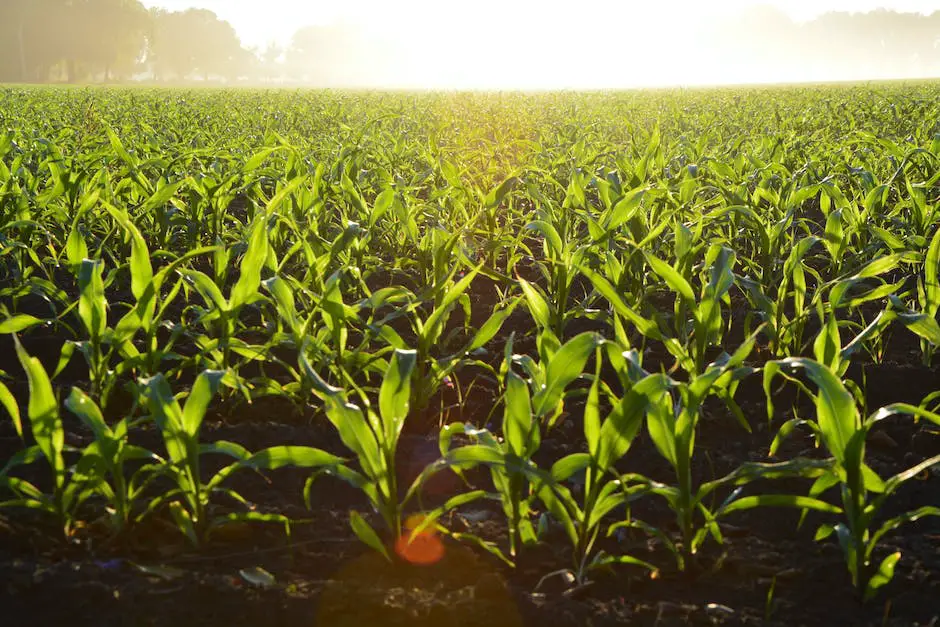
Challenges Faced by Australia’s Agribusiness
Adapting Agriculture to Climate Change
Despite the strong standing of Australia’s agriculture, it faces significant threats from climate change. These threats include rising temperatures, recurring and extended periods of drought, and altered rainfall distribution. Instances of extreme weather events like bushfires, floods, and heatwaves are becoming more frequent, further compromising agricultural output. However, Australian farmers are responding to these challenges by adjusting cropping schedules, switching livestock breeds, and utilizing advanced irrigation systems. At the same time, governmental investment in research and development focuses on creating climate-resistant crop variants and farming strategies to safeguard future productivity.
Pests and Diseases in Australian Agriculture
Pests and diseases are another significant challenge facing Australia’s agriculture. Instances of biosecurity threats from pests and diseases have increased in recent years, resulting in substantial losses in crop yields. Prominent among these threats are the Queensland fruit fly, rust diseases in cereal crops, and the Murray Valley encephalitis virus. Farmers, alongside the government, are combating these challenges by adopting integrated pest management strategies, enhancing biosecurity measures, and investing in pest-resistant crop varieties.
Market Access and Foreign Competition
Market access and foreign competition are critical challenges in Australian agriculture due to the country’s reliance on exports for a large portion of its agricultural output. Australian farmers continually face challenges like low international commodity prices and high export tariffs in certain markets. Foreign competition too has intensified with agrarian economies like Argentina and Brazil producing similar goods at lower costs. To address this, the Australian government is actively negotiating free trade agreements with multiple countries to improve market access and competitiveness of Australian agricultural produce.
Labour Shortage and Australian Agriculture
Labour shortage is a significant concern for Australia’s agricultural sector, seriously affecting both harvesting and production. The industry traditionally relies on seasonal workers and backpackers; however, these labour sources have been severely impacted by COVID-19 travel restrictions. The Australian government has implemented several measures to mitigate this, including visa extensions for agricultural workers and programs to attract domestic workers into agriculture. Despite these efforts, the shortage remains a pressing concern.
Community and Government Collaboration
Addressing the many challenges faced by farmers in Australia isn’t a lone endeavor. Instead, it’s a collaborative effort, uniting farmers, government agencies, and local communities. The Australian government lends its helping hand to farmers with a host of initiatives, offering financial aid and bolstering the use of new technologies and methods. These strategies aim to enhance both agricultural productivity and sustainability. The wider community also chips in, forming cooperatives in many regions to pool resources and share knowledge. A growing trend amongst Australians is the move to buy locally sourced food. This not only nurtures the local agricultural economy, but also minimizes the carbon footprint that’s linked with long-haul transportation of food across expansive distances.
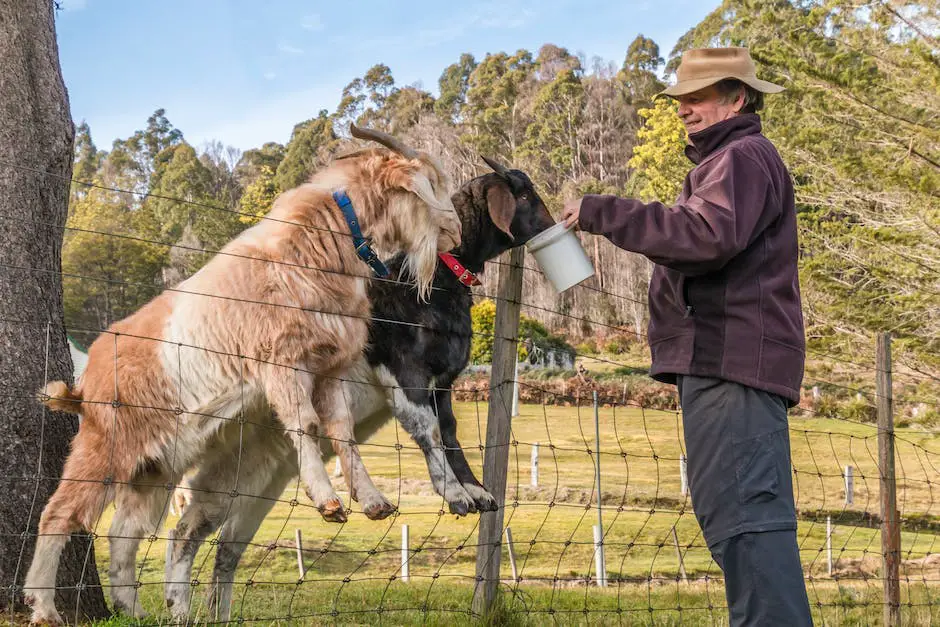
Future Trends and Sustainability in Australia’s Agriculture
Progress and Innovation in Agricultural Technology
Australian agriculture is not just about cultivation, it’s also about embracing progress and innovation, harnessing advanced technologies like drones and satellite imagery to streamline farm management. Farmers leverage these tools to monitor crop health, forecast yields, and evaluate farm conditions– and in turn, save time and increase yield efficiency. These tools have also given rise to precision farming, a practice that minimizes waste and maximizes productivity.
Aside from these, RNA technology is revolutionizing the future of Australian agriculture. With RNA interference (RNAi), a natural cellular process, farmers can effectively curtail pests, ensuring minimal impact on the environment. Meanwhile, breakthroughs in genetic engineering present a promising way forward for crop modification. It enables the creation of crops that can resist diseases and pests, while also effectively surviving tough environmental conditions.
Sustainable Farming Practices
Australia ranks as one of the world’s leading agricultural nations. Yet, the country’s farming industry is equally aware of the importance of adopting sustainable practices in pursuit of producing more with less. Therefore, Australian farmers are increasingly adopting sustainable farming techniques such as zero-tillage, crop rotation, precision farming, and organic farming.
Zero-tillage, for example, helps to maintain soil structure, reduce soil erosion and conserve water – a precious resource in the Australian landscape. Crop rotation is another age-old practice revitalised. By rotating crops, farmers can improve soil fertility and reduce pest and disease build-up, leading to healthier soils and improved yields.
On the other hand, organic farming is gaining popularity. Australia leads the world in organic farmland, with more than half of all global organic farmland located within the country. This reflects a growing trend towards organic and free-range produce, driven by increasing consumer awareness of environmental and animal welfare issues.
Promotion of Sustainability in Agriculture
Australia’s agricultural industry takes sustainability seriously. The country’s farm sector has set a goal to be carbon neutral by 2030. It involves developing innovative methods to reduce greenhouse gas emissions, enhance carbon sequestration and increase the use of renewable energy on farms.
The government also plays a critical role in promoting sustainability in the sector. It provides grants and funding for farmers to implement sustainable and innovative practices. It also supports research into sustainable agricultural practices through agencies such as the Australian Research Council and the Commonwealth Scientific and Industrial Research Organisation (CSIRO).
Moreover, Australia has stringent standards for land management and farming practices to ensure they are sustainable and not detrimental to the environment. The country’s strict biosecurity laws protect its agricultural industries from exotic pests and diseases, ensuring the sustainability and longevity of these industries.
Essentially, Australia prides itself on a top-tier agricultural sector, simultaneously laying the foundations for ecologically friendly farming amidst environmental and resource pressures. The nation maintains a dedicated emphasis on research, technological advancements, and ecological sustainability in agriculture, cementing its place in the vanguard of the worldwide agricultural industry for years to come.
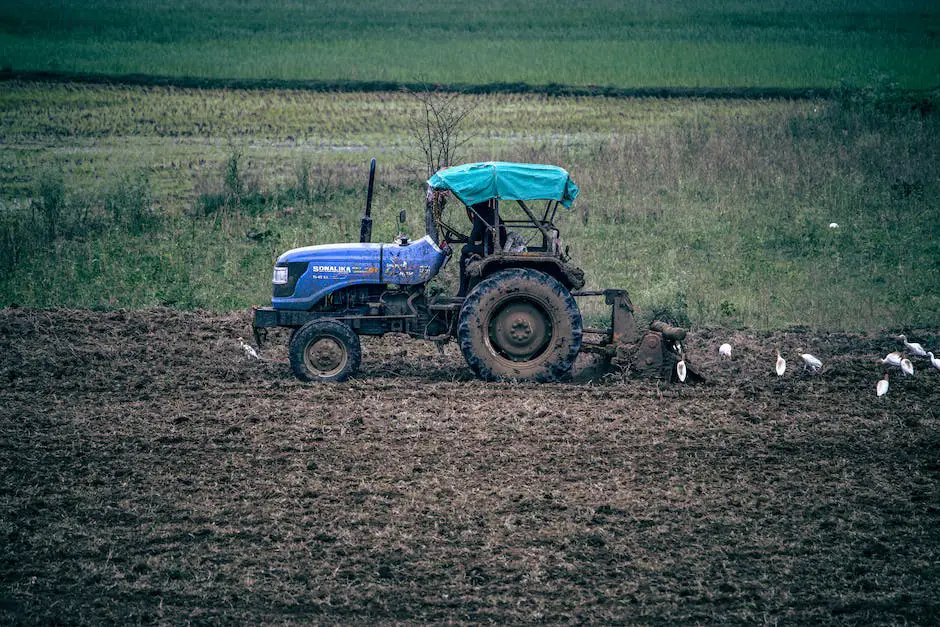
Policies and Procedures Governing Agriculture in Australia
The Regulatory Framework of Australian Agriculture
The Australian agricultural landscape is mainly regulated by the Department of Agriculture, Water and the Environment, run by the Australian Government. This department oversees numerous vital regulatory aspects, such as biosecurity, import and export regulations, ecologically sustainable resource management, climate change countermeasures, and managing the nation’s water resources. The goal of these measures is to safeguard and employ Australia’s unique and precious environment efficiently while fostering sustainable agricultural practices.
Land Use Regulations in Australia
In Australia, the usage of land for agricultural purposes is subject to strict rules and guidelines. Individual states and territories are primarily responsible for these land use policies. Regulations often vary depending on the type of cultivation or livestock farming being undertaken. For instance, in some areas, there are restrictions on the clearing of native vegetation for farming activities to protect biodiversity. Further, laws around the treatment of livestock and their living conditions are also in place to ensure ethical animal farming.
Water Rights in Australian Agriculture
Water management is crucial in Australia due to the country’s variable climate. Many of Australian farms rely on irrigation, making water a crucial commodity in Australian agriculture. The National Water Initiative, established in 2004, sets out the framework for managing Australia’s water resources. It focuses on water planning, pricing, and trading, all designed to optimize water use efficiency in a sustainable manner. Though water rights and usage rules vary by state, they all operate under this initiative and coordinate efforts to maintain Australia’s water supply for the agricultural sector.
Import and Export Laws in the Agriculture Industry
Australia’s agricultural products are largely exported, making import and export laws highly relevant to the industry. The Department of Agriculture, Water and the Environment closely monitors these operations to prevent the spread of diseases and pests that could potentially affect the local flora and fauna. The Biosecurity Act 2015 is particularly significant, enabling the Australian government to manage biosecurity risks that imported agricultural goods might present.
Environmental Protection and Sustainable Practices
Australian authorities work hard to ensure that agriculture is conducted in a manner that respects the environment. This includes encouraging better farming practices to prevent soil erosion, reduce water waste, and protect habitat. The Environment Protection and Biodiversity Conservation Act 1999 is the central piece of national environmental legislation, providing a framework to protect and manage nationally and internationally important flora, fauna, ecological communities, and heritage places.
Australia employs both federal and state legislation to regulate and manage its agricultural sector holistically. While the compliance process for farmers and businesses can be complex due to the broad range of legislation, these regulations are vital to balancing agricultural productivity with environmental sustainability. This careful balance helps ensure the longevity of Australia’s agricultural prosperity.
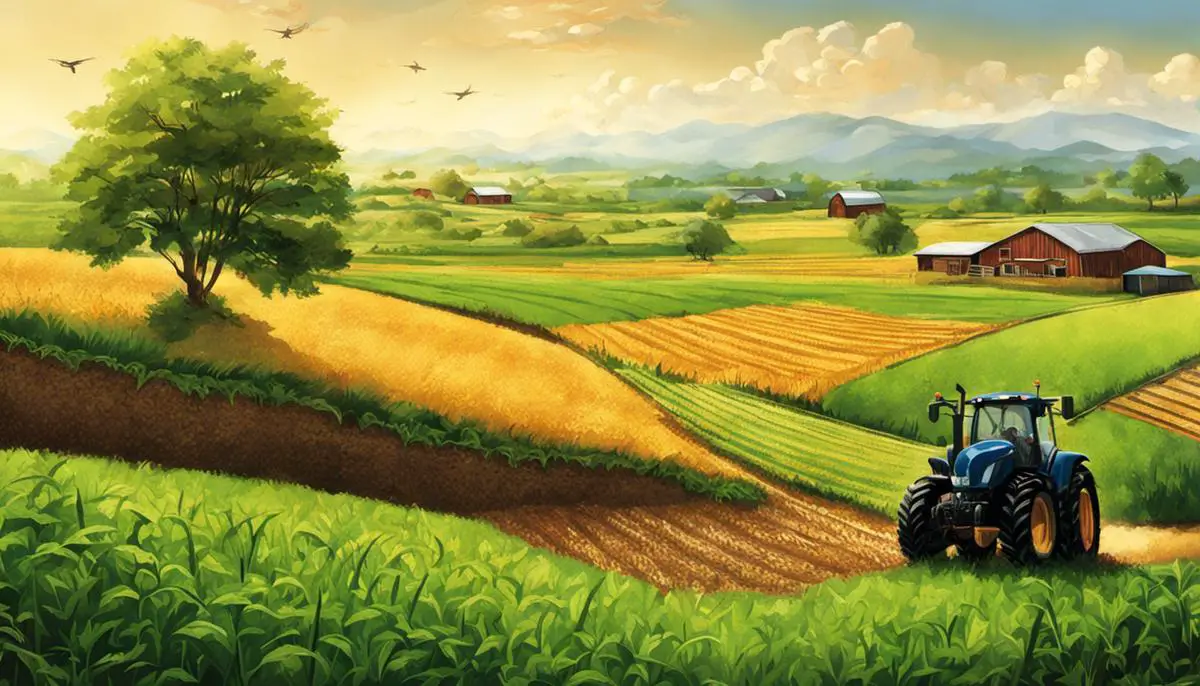
With imminent challenges such as climate change, market competition, and labour shortage, the future of Australia’s agriculture industry may seem challenging. Nevertheless, strengthened by the application of technological advancements and research into sustainable farming methods, there is a resilient path forward. The government also plays a key role, providing balance through policies and regulations to ensure the industry’s fair growth while conserving the environment. Thus, Australia’s agribusiness, through adaptation and innovation, continues to evolve, driven by its commitment to sustain and nurture the nation and beyond.






